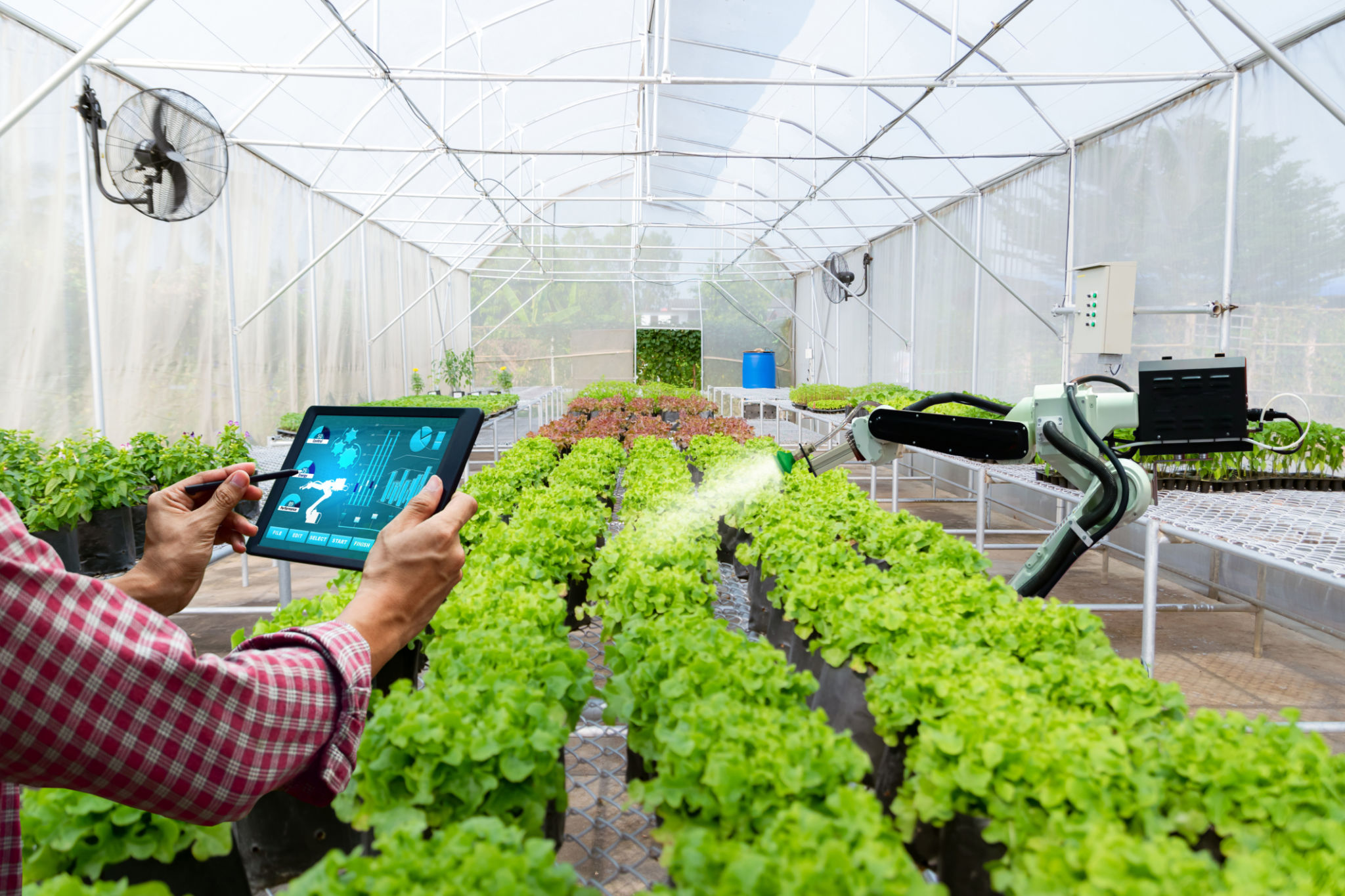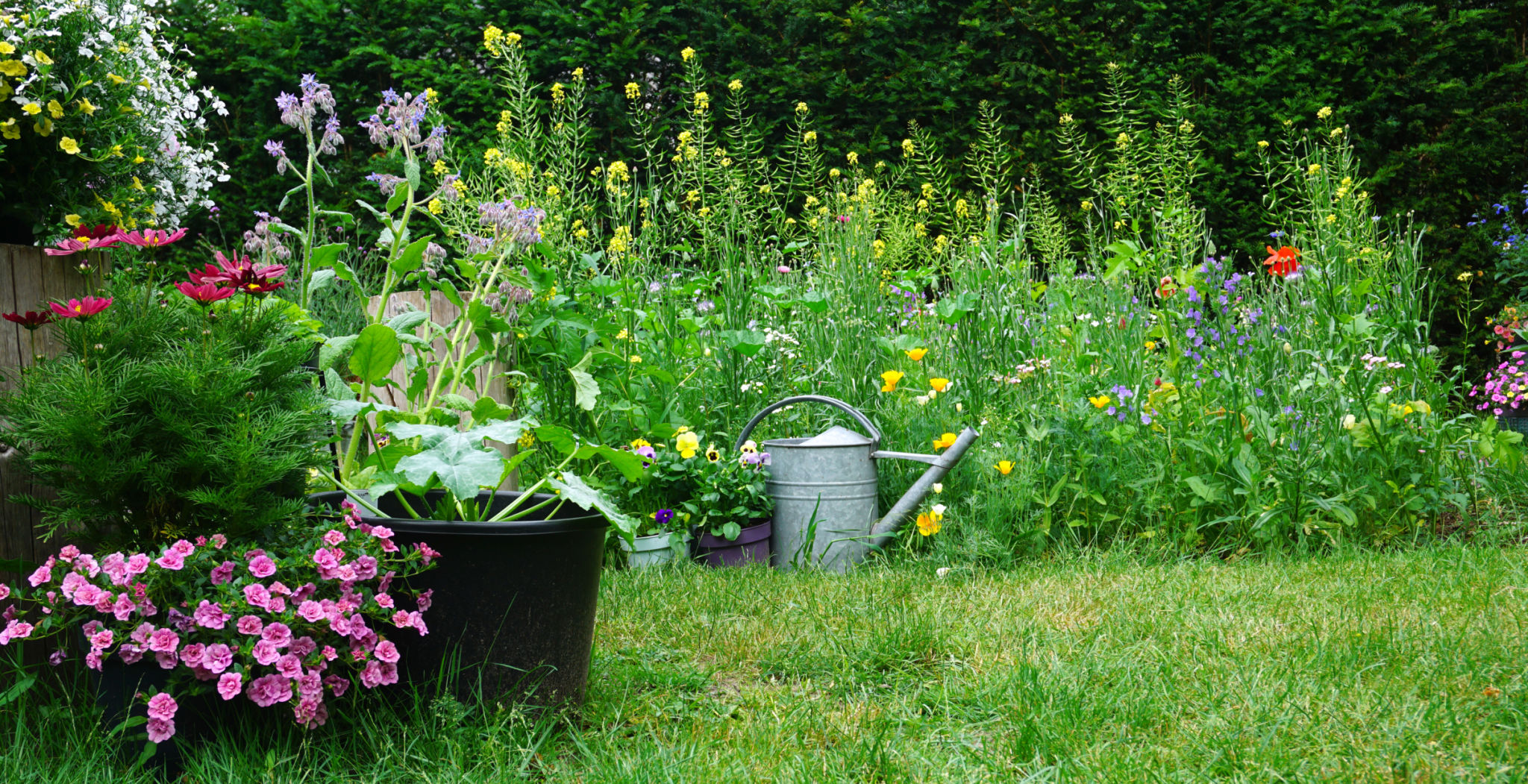Top Trends in Sustainable Landscaping for Your Oregon Property
Embracing Native Plant Species
One of the most significant trends in sustainable landscaping is the use of native plant species. Native plants are adapted to the local climate and soil conditions, which means they require less water, fertilizer, and pesticides. By opting for native flora, Oregon property owners can create beautiful, low-maintenance landscapes that support local wildlife and contribute to biodiversity.
Incorporating native plants not only reduces the environmental footprint but also enhances the aesthetic appeal of your property. These plants offer a unique charm that reflects the natural beauty of the Pacific Northwest. Consider integrating Oregon grape, red-flowering currant, and Douglas fir into your landscape design.

Implementing Water-Wise Landscaping
Water-wise landscaping is becoming increasingly popular as homeowners look to conserve water and reduce utility bills. This approach involves designing landscapes that use water efficiently, often by incorporating drought-resistant plants and efficient irrigation systems. In Oregon, where water conservation is a priority, this trend is gaining momentum.
Techniques such as drip irrigation and rainwater harvesting can significantly reduce water usage. Additionally, creating rain gardens helps manage stormwater runoff while providing a habitat for local wildlife. By implementing these strategies, you can maintain a lush, vibrant landscape without over-relying on water resources.

Adopting Organic Lawn Care Practices
For many property owners, a healthy lawn is a key component of their landscape. However, traditional lawn care practices often involve the use of synthetic fertilizers and chemicals that can harm the environment. As awareness of these impacts grows, more people are turning to organic lawn care solutions.
Organic lawn care emphasizes soil health and biodiversity. Use natural fertilizers like compost or manure and consider introducing clover to your lawn to improve nitrogen levels naturally. These practices not only reduce chemical runoff but also promote a more resilient lawn.

Incorporating Edible Landscaping
Edible landscaping is a creative way to combine functionality with aesthetics. By incorporating fruit trees, berry bushes, and vegetable plants into your design, you can create a sustainable garden that provides fresh produce while enhancing your property's visual appeal.
In Oregon, consider planting blueberries, apples, and kale, which thrive in the local climate. Edible landscaping not only offers delicious rewards but also encourages a connection with nature and a more self-sufficient lifestyle.
Utilizing Smart Technology in Landscaping
The integration of smart technology in landscaping is transforming how we manage and maintain our outdoor spaces. Smart irrigation systems, weather sensors, and automated lighting can optimize water usage and energy efficiency.
These technologies allow property owners to monitor and adjust their landscaping needs remotely, ensuring that resources are used effectively. By adopting smart technology, you can enhance the sustainability and convenience of your Oregon property.

Creating Wildlife Habitats
Sustainable landscaping also involves creating spaces that support wildlife. By providing food, shelter, and water sources, you can attract beneficial insects, birds, and other animals to your garden. This not only enriches the ecosystem but also adds vibrancy to your landscape.
Consider installing birdhouses, planting pollinator-friendly flowers like lavender and echinacea, or adding a small pond or birdbath. These elements invite biodiversity and play an essential role in maintaining ecological balance.

Promoting Soil Health
Healthy soil is the foundation of any sustainable landscape. Practices that enhance soil quality include composting, mulching, and crop rotation. These techniques improve soil structure, increase nutrient availability, and reduce erosion.
By focusing on soil health, you ensure that your plants have the best possible environment to thrive in while reducing the need for chemical fertilizers. Healthy soil leads to robust plant growth and a resilient landscape that can withstand environmental stresses.
Conclusion
Sustainable landscaping is not just a trend; it's a commitment to preserving the environment while creating beautiful outdoor spaces. By embracing native plants, water-wise practices, organic lawn care, edible gardens, smart technology, wildlife habitats, and healthy soil practices, Oregon property owners can lead the way in eco-friendly landscaping.
As you consider these trends for your own property, remember that every small change contributes to a larger impact on our planet's health. Sustainable landscaping is an investment in the future—ensuring that our green spaces remain vibrant for generations to come.
